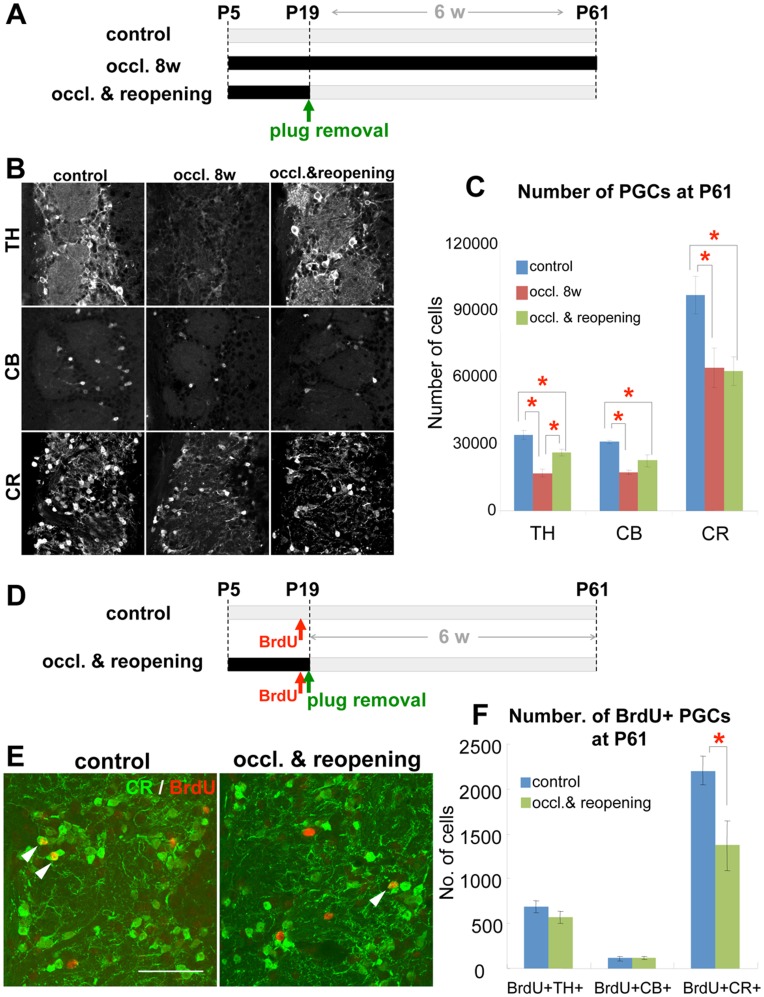Figure 1. Transient neonatal olfactory deprivation causes a persistent decrease in the addition of CR+ PGCs. A.
: Experimental procedure. To block olfactory input, an occlusion plug was inserted into the left nasal cavity of P5 mice. The plug was kept in for 8 weeks (occl. 8w) or removed 2 weeks later at P19 (occl. & reopening). The contralateral OB of the occl. & reopening group was used as a control (control). The number of PGCs was quantified at P61. B–C: Effect of transient neonatal olfactory deprivation on PGC populations. Coronal sections of the glomerular layer of P61 mice of each group were immunostained for TH, CB, and CR (B). The numbers of all three types of cells were significantly decreased by the 8th week of naris occlusion (C, red bars, n = 4) compared with the control group (C, blue bars, n = 5). The TH+ PGC population, but not the CB+ or CR+ population, was significantly larger in the reopening group (C, green bars, n = 5) compared with the continuous occlusion group (C, red bars). *P<0.05. D: Experimental procedure. Mice undergoing 2-week hemilateral naris occlusion from P5 were injected with BrdU just before naris reopening by nasal-plug removal at P19. The number of BrdU+ PGCs was quantified 6 weeks later, at P61. E–F: Effect of transient neonatal olfactory deprivation on the addition of PGCs. Coronal sections of the glomerular layer in the OB 6 weeks after BrdU injection were immunostained for BrdU and PGC markers TH, CB, and CR (n = 4). Arrowheads in E indicate BrdU+CR+ cells in the control (left) and occl. & reopening group (right). The number of BrdU-labeled CR+ PGCs, but not TH+ or CB+ PGCs, was significantly smaller in the occl. & reopening group (green bars) compared with the control, non-occluded group (blue bars) (F). *P<0.05. Scale bars: 50 µm.

